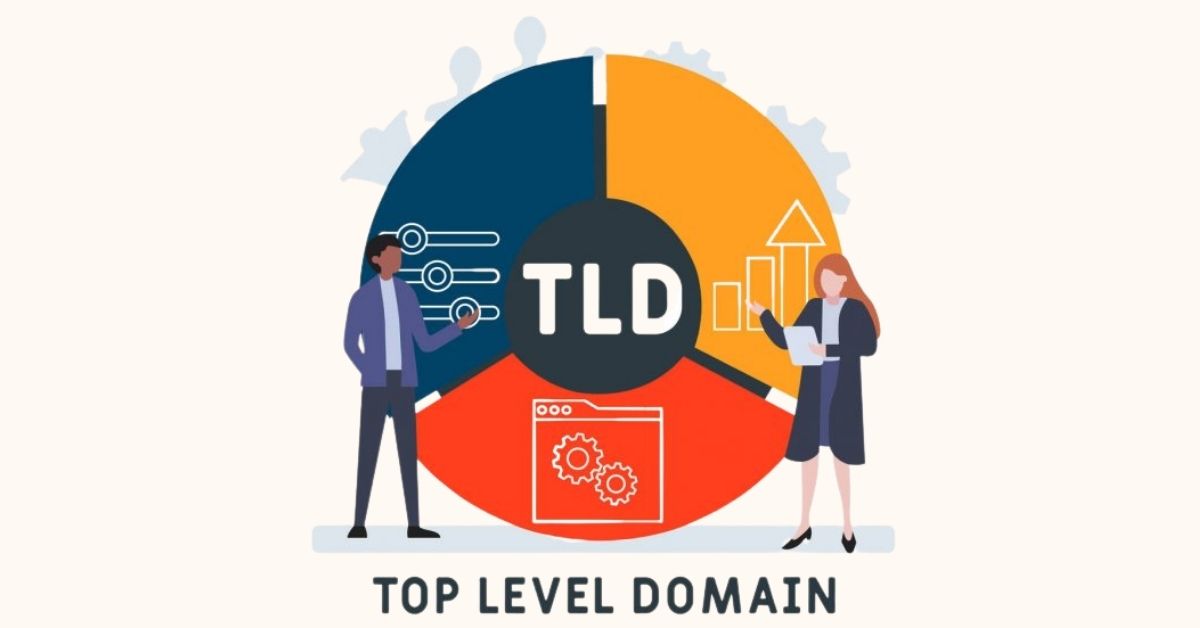In the vast landscape of the internet, domains serve as the foundational addresses that allow users to access websites. At the pinnacle of this hierarchical structure is the Top-Level Domain (TLD). TLDs play a crucial role in domain naming ,domain registration and organization, providing insight into the nature and purpose of websites. This article explores what TLDs are, their classification, significance, and how they impact internet navigation and branding.
Table of Contents
What is a Top-Level Domain (TLD)?
A Top-Level Domain (TLD) is the last segment of a domain name, following the final dot. For instance, in the domain name www.example.com, the TLD is .com. TLDs are part of the Domain Name System (DNS), which is a hierarchical naming system that allows human-readable addresses to correspond to numerical IP addresses.
TLDs are managed by the Internet Corporation for Assigned Names and Numbers (ICANN), a nonprofit organization responsible for coordinating the maintenance and methodology of several databases related to the namespaces of the internet. TLDs are crucial because they help categorize and organize domains within the broader internet ecosystem.
Types of TLDs
TLDs can be classified into several categories, primarily based on their purpose and the type of entities they represent. The main categories include:
- Generic Top-Level Domains (gTLDs): These are the most common TLDs and are not restricted to specific entities. They include familiar endings such as:
.com: Originally intended for commercial entities, it has become the most widely used TLD..org: Traditionally used by non-profit organizations, though it is open for general use..net: Originally designated for network services and infrastructure, but now used by various entities.
.tech,.shop,.blog, and.app, providing more specific options for businesses and individuals. - Country Code Top-Level Domains (ccTLDs): These TLDs are specific to individual countries or territories and consist of two letters. Examples include:
.ukfor the United Kingdom.cafor Canada.jpfor Japan
- Sponsored Top-Level Domains (sTLDs): These are specialized TLDs that are sponsored by specific organizations that establish rules for their use. Examples include:
.edu: Reserved for accredited educational institutions in the United States..gov: Used exclusively by governmental entities in the U.S..mil: Designated for the military.
The Importance of TLDs
- Categorization and Identification: TLDs help categorize websites, allowing users to identify the nature or origin of a site at a glance. For instance,
.orgsuggests a non-profit organization, while.eduindicates an educational institution. - Branding and Marketing: The choice of a TLD can impact a brand’s perception. A well-chosen TLD can enhance a brand’s credibility and memorability. For example, a tech startup using a
.techTLD may appear more innovative compared to one using a generic.com. - Search Engine Optimization (SEO): While TLDs themselves are not a direct ranking factor for search engines, they can influence user behavior. Users may trust specific TLDs more, leading to higher click-through rates, which can positively impact SEO indirectly.
- Legal and Regulatory Implications: Some TLDs have specific registration requirements, especially sTLDs. Organizations must adhere to these rules to maintain their domain, ensuring that TLDs serve their intended communities effectively.
- Local Presence and Trust: ccTLDs can enhance a website’s local presence, making it more appealing to a specific audience. For instance, a business operating in Canada might prefer a
.cadomain to instill trust and relatability among local customers.
The Evolution of TLDs
The landscape of TLDs has evolved significantly since the inception of the internet. Originally, there were only a few gTLDs, but the expansion initiated by ICANN in the early 2010s led to the introduction of hundreds of new gTLDs. This expansion has democratized domain registration, allowing for more creative and niche options.
Moreover, the process for registering TLDs has become more accessible, enabling individuals and small businesses to establish an online presence with a wider variety of options. As technology continues to advance, the domain landscape will likely adapt, further diversifying TLD offerings.
Conclusion
Top-Level Domains (TLDs) are a crucial aspect of the internet’s structure, serving as the final segment of domain names and categorizing websites into meaningful groups. Understanding the different types of TLDs and their significance can empower businesses and individuals to make informed decisions about their online presence. Whether for branding, localization, or enhancing user trust, TLDs play a pivotal role in navigating the digital world and website hosting. As the internet continues to evolve, TLDs will undoubtedly remain a key component of our online identities.

